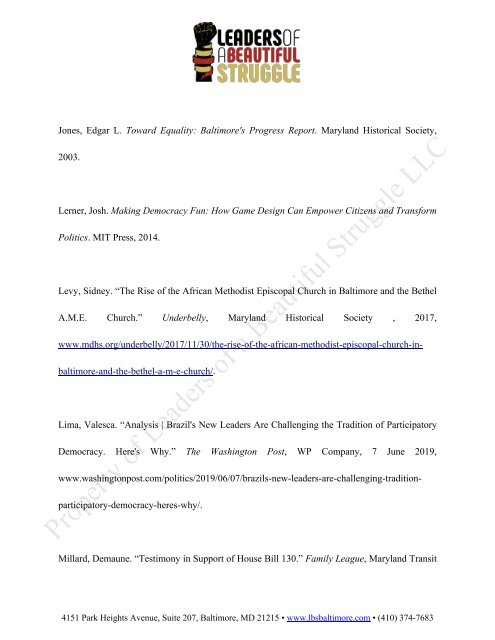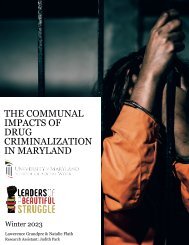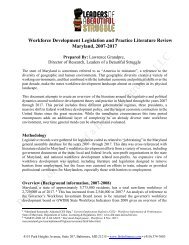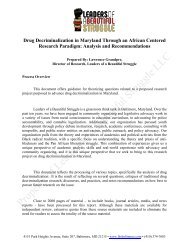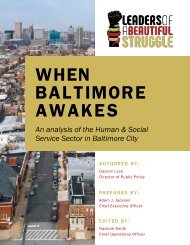Models for Participatory Budgeting
Participatory Budgeting (PB) has become a schizophrenic term, used as easily by neoliberal technocrats as it has been used by leftists seeking redistribution of wealth. As such, examining the function of any PB scheme with a critical lens is essential to determine whether it is an attempt to redistribute resources and power, or a tool to manufacture consent for the status quo and undermine/co-opt forces of resistance. While the goal of this analysis is not to delve deeply into the technical minutiae around the different processes, there is one clarification which may be useful to make at the beginning of the section. Much of what is often called PB could also be considered “participatory urban planning.” The distinction is that while budgeting denotes an explicit focus on allocating a discrete set of funds, planning seeks to take a more comprehensive survey of people's feelings, needs and problems, and generates a list of interventions based upon that feedback. Many straddle the line and include elements of both. This section will focus on processes which allocate revenue directly, will help explain why some interventions (Baltimore City Children and Youth Fund) will receive more direct attention and others (New York Cities Participatory Planning sessions) might receive less.
Participatory Budgeting (PB) has become a schizophrenic term, used as easily by neoliberal technocrats as it has been used by leftists seeking redistribution of wealth. As such, examining the function of any PB scheme with a critical lens is essential to determine whether it is an attempt to redistribute resources and power, or a tool to manufacture consent for the status quo and undermine/co-opt forces of resistance.
While the goal of this analysis is not to delve deeply into the technical minutiae around the different processes, there is one clarification which may be useful to make at the beginning of the section. Much of what is often called PB could also be considered “participatory urban planning.” The distinction is that while budgeting denotes an explicit focus on allocating a discrete set of funds, planning seeks to take a more comprehensive survey of people's feelings, needs and problems, and generates a list of interventions based upon that feedback. Many straddle the line and include elements of both. This section will focus on processes which allocate revenue directly, will help explain why some interventions (Baltimore City Children and Youth Fund) will receive more direct attention and others (New York Cities Participatory Planning sessions) might receive less.
- No tags were found...
Create successful ePaper yourself
Turn your PDF publications into a flip-book with our unique Google optimized e-Paper software.
Jones, Edgar L. Toward Equality: Baltimore's Progress Report. Maryland Historical Society,<br />
2003.<br />
Lerner, Josh. Making Democracy Fun: How Game Design Can Empower Citizens and Trans<strong>for</strong>m<br />
Politics. MIT Press, 2014.<br />
Levy, Sidney. “The Rise of the African Methodist Episcopal Church in Baltimore and the Bethel<br />
A.M.E. Church.” Underbelly, Maryland Historical Society , 2017,<br />
Lima, Valesca. “Analysis | Brazil's New Leaders Are Challenging the Tradition of <strong>Participatory</strong><br />
Democracy. Here's Why.” The Washington Post, WP Company, 7 June 2019,<br />
www.mdhs.org/underbelly/2017/11/30/the-rise-of-the-african-methodist-episcopal-church-inbaltimore-and-the-bethel-a-m-e-church/.<br />
www.washingtonpost.com/politics/2019/06/07/brazils-new-leaders-are-challenging-traditionparticipatory-democracy-heres-why/.<br />
Millard, Demaune. “Testimony in Support of House Bill 130.” Family League, Maryland Transit<br />
4151 Park Heights Avenue, Suite 207, Baltimore, MD 21215 • www.lbsbaltimore.com • (410) 374-7683


